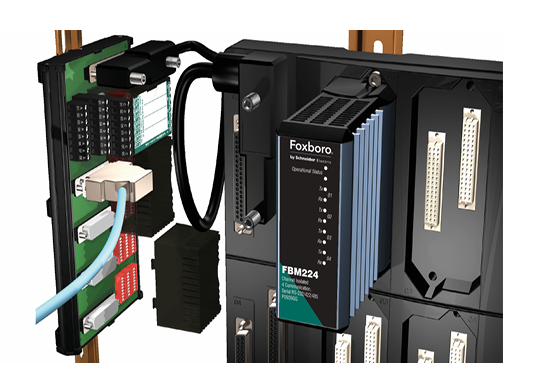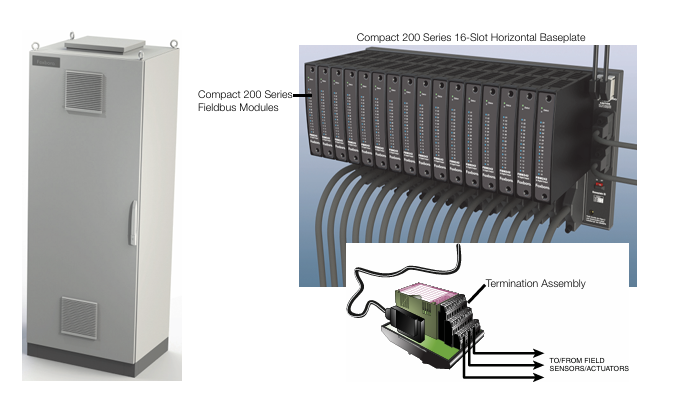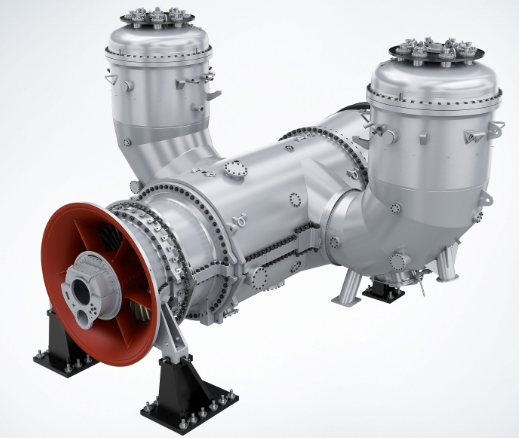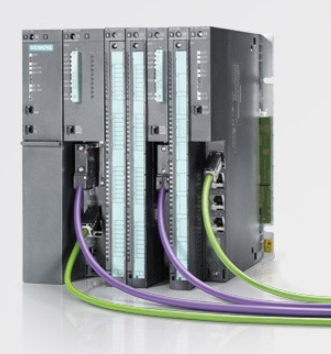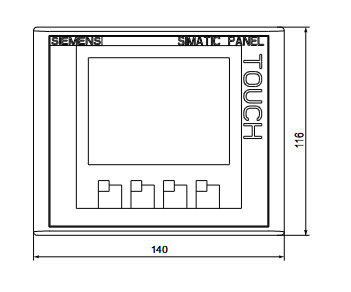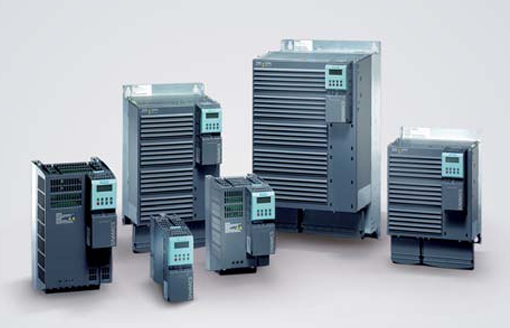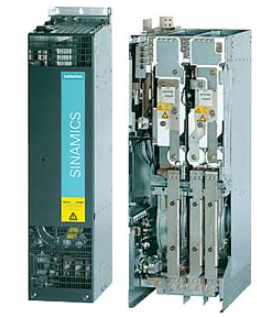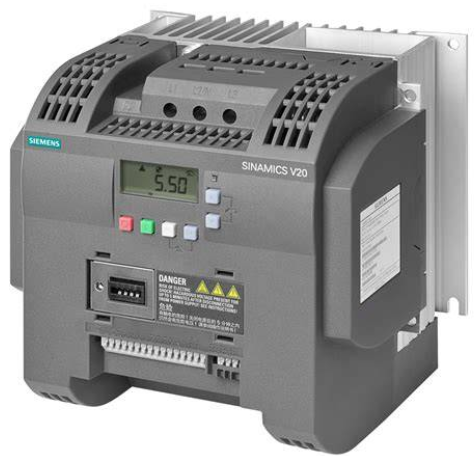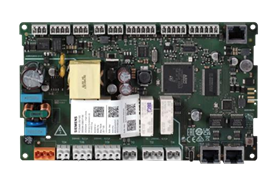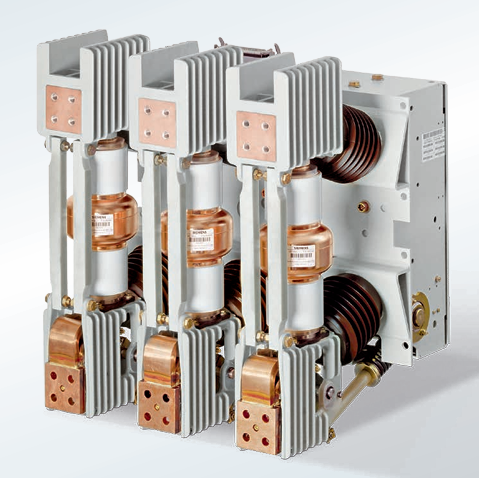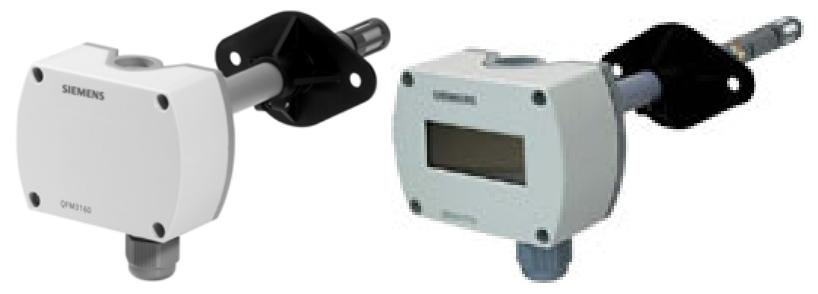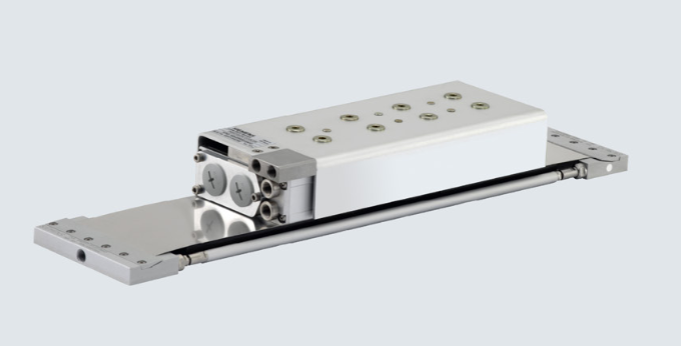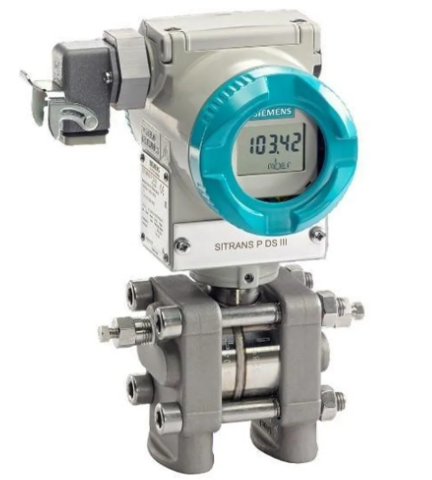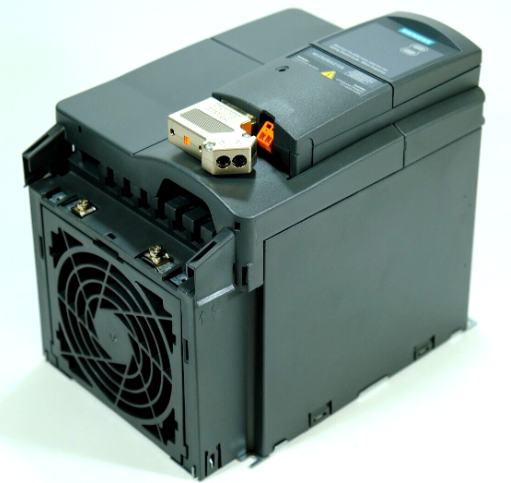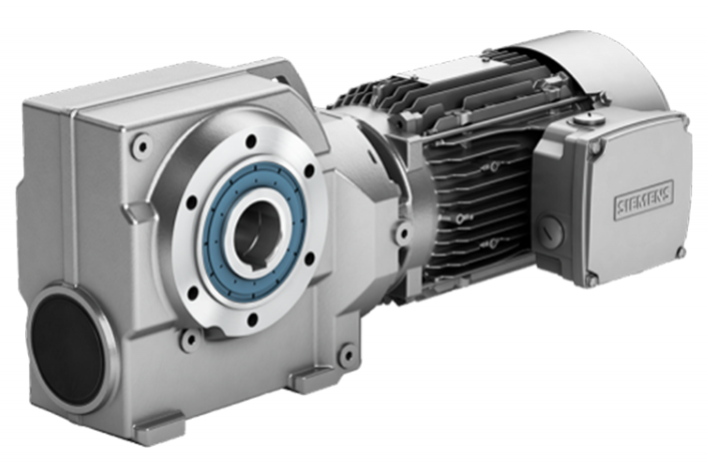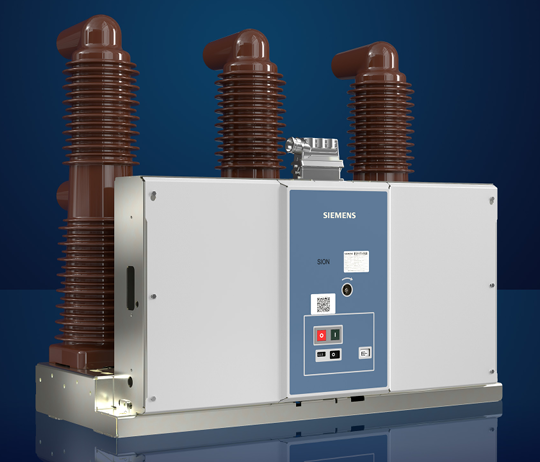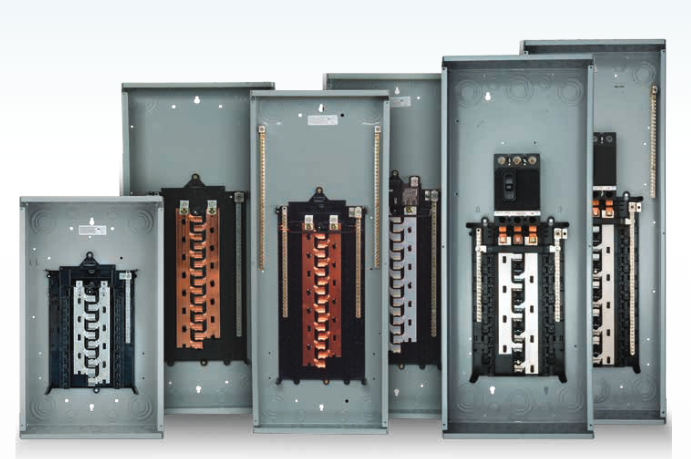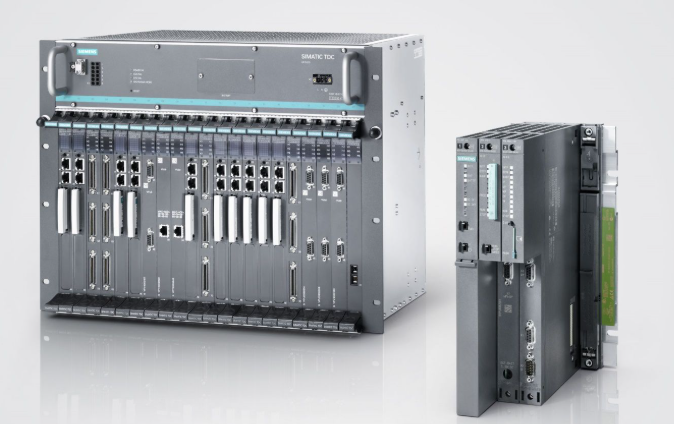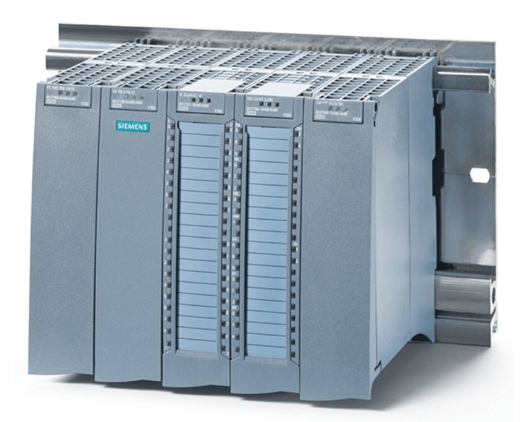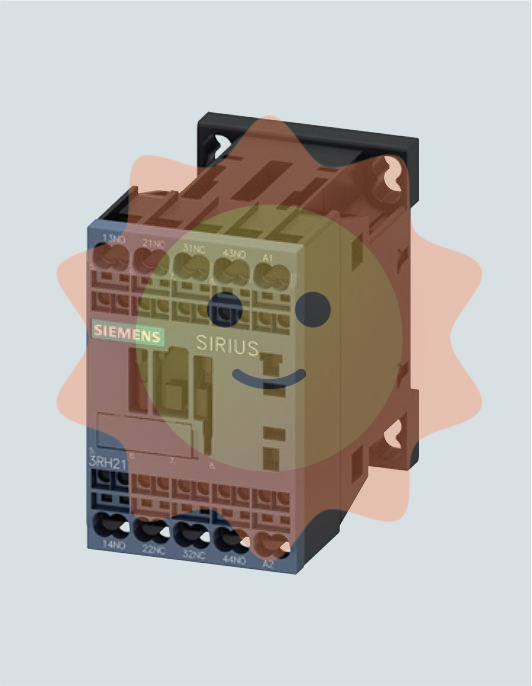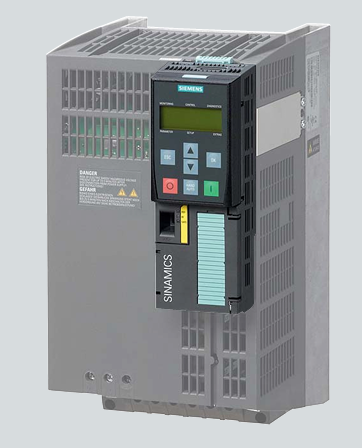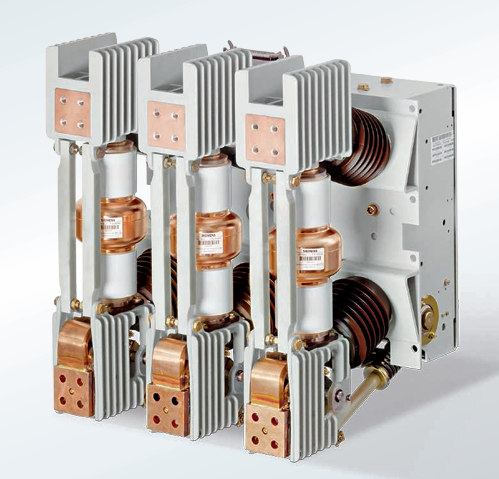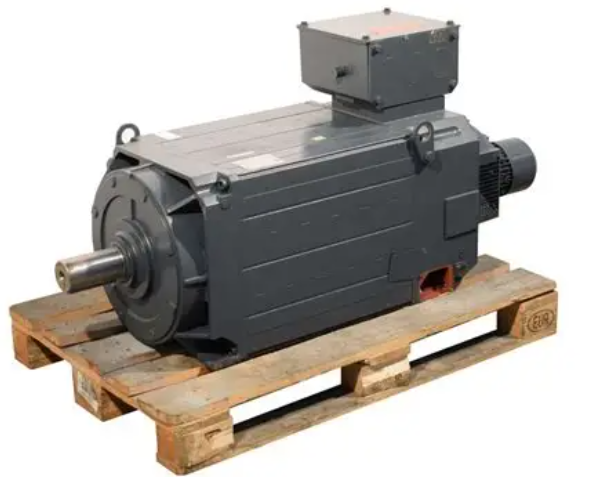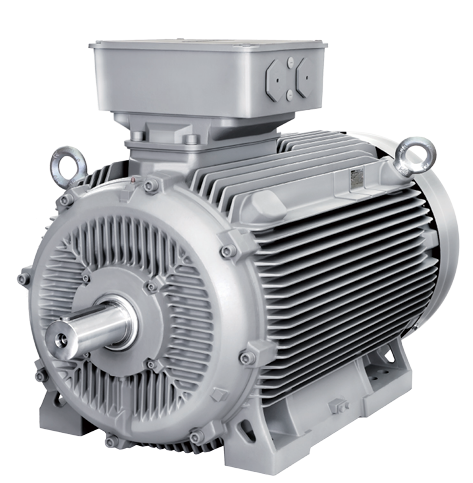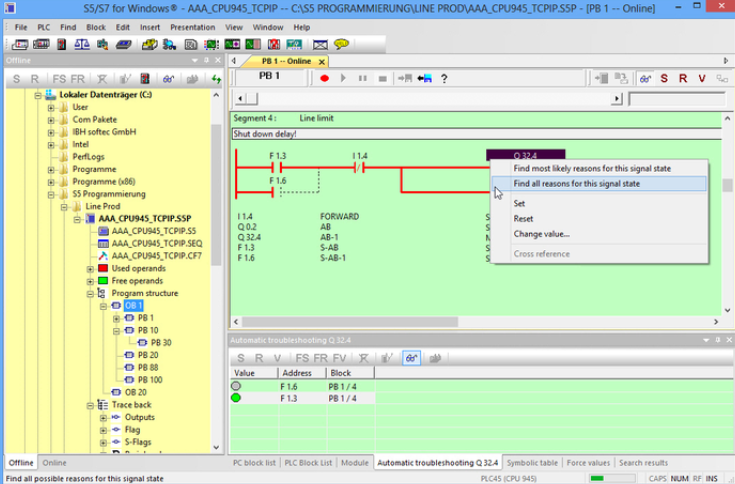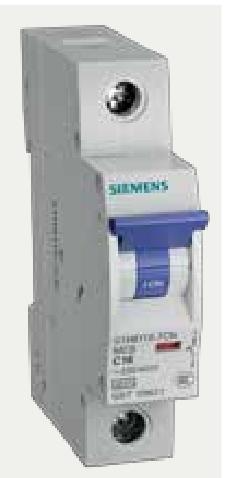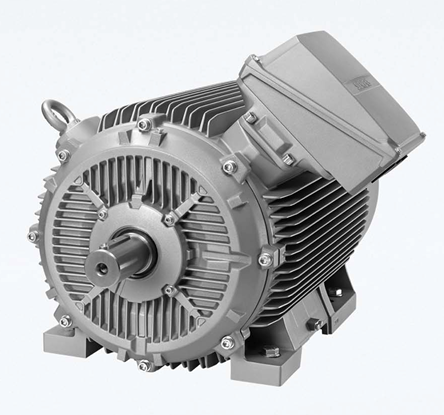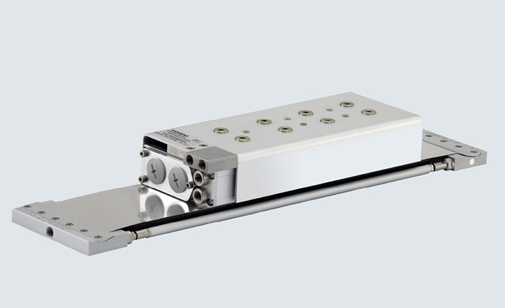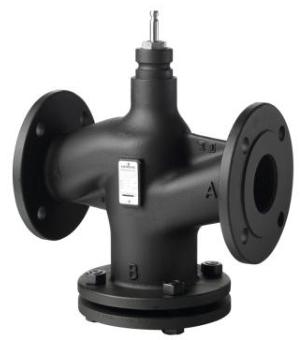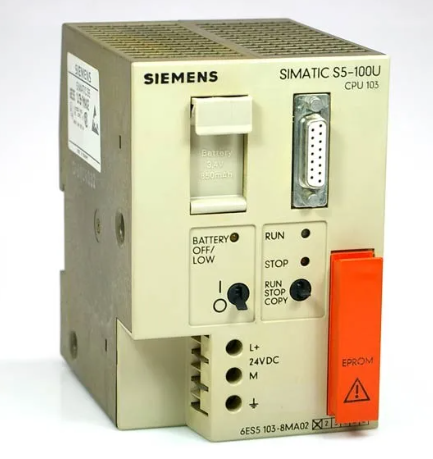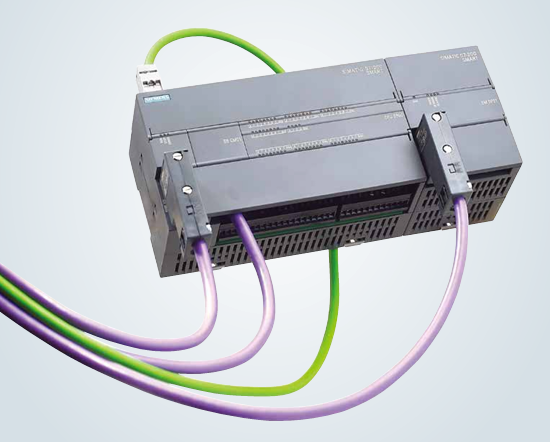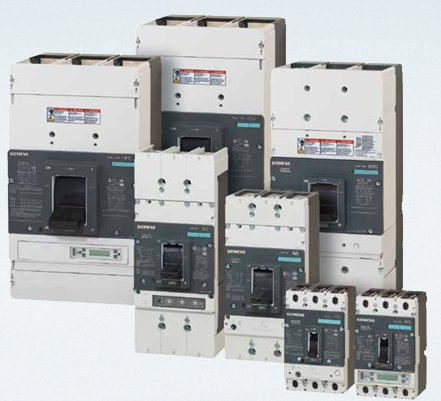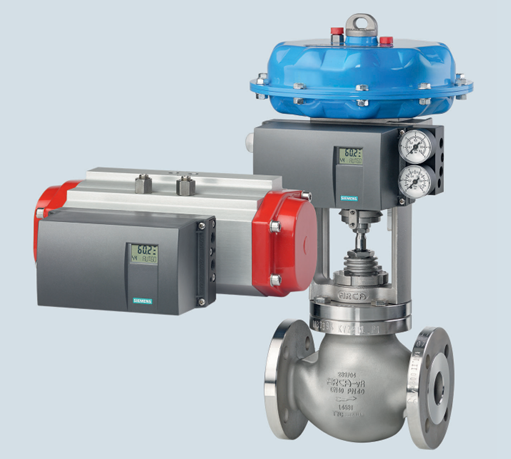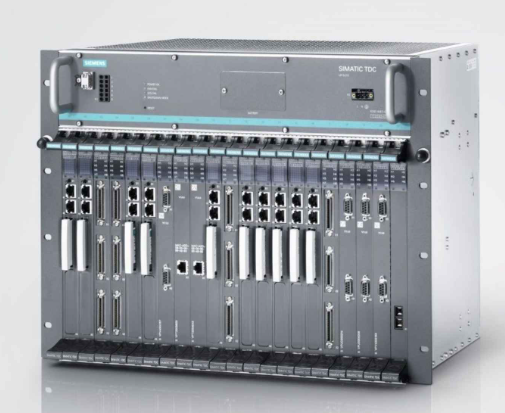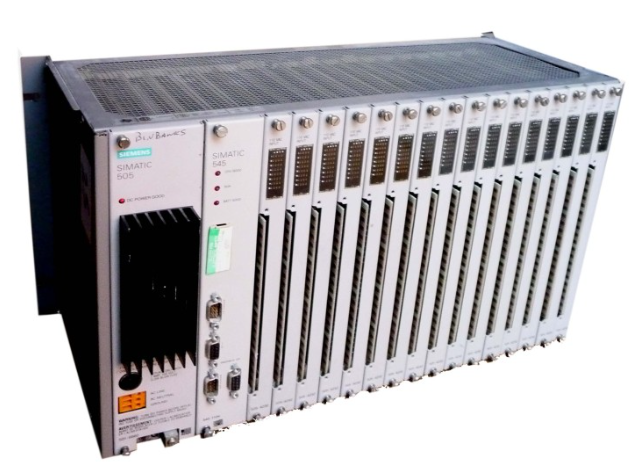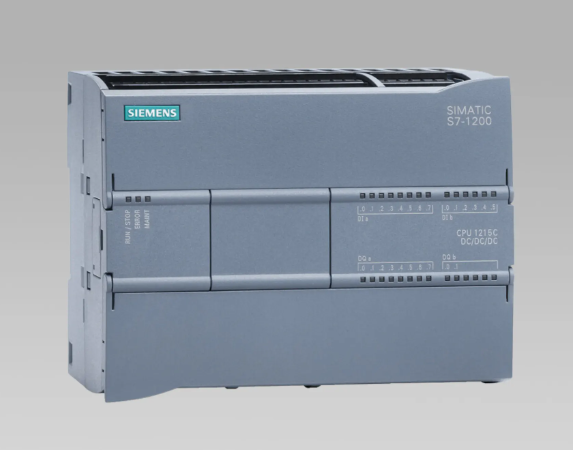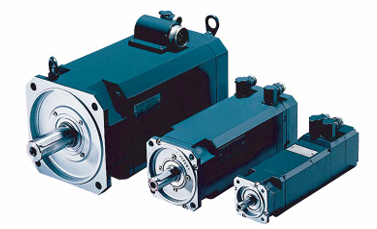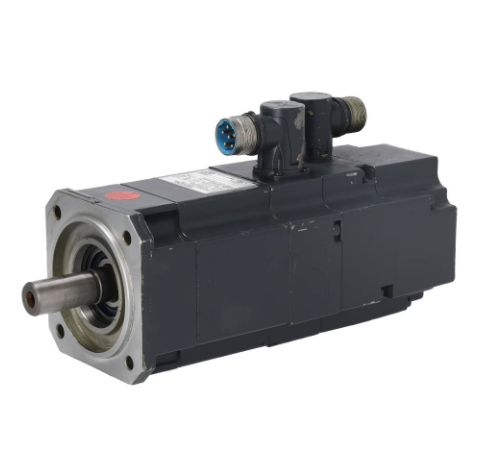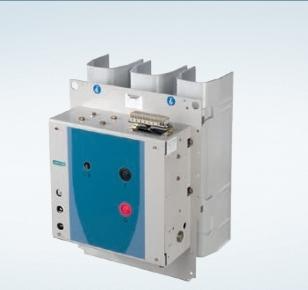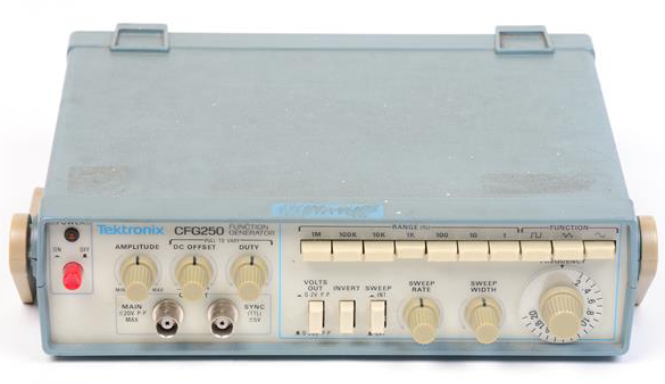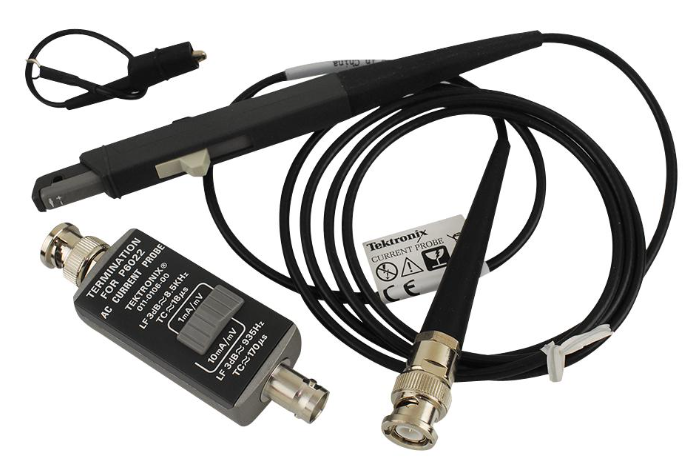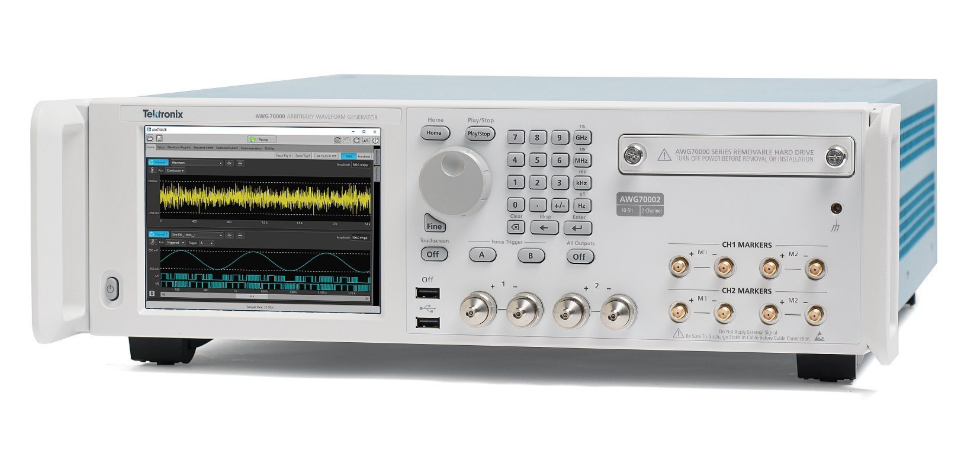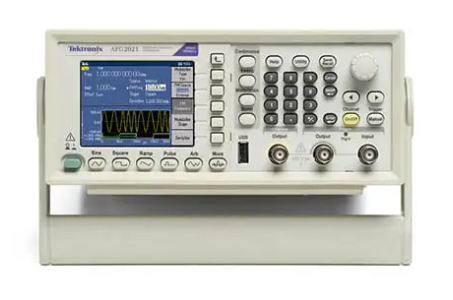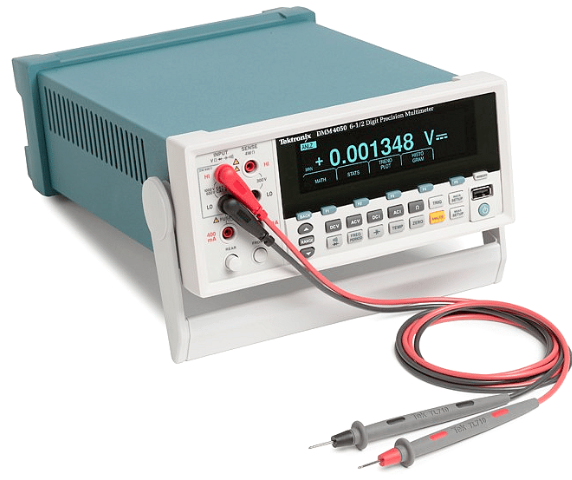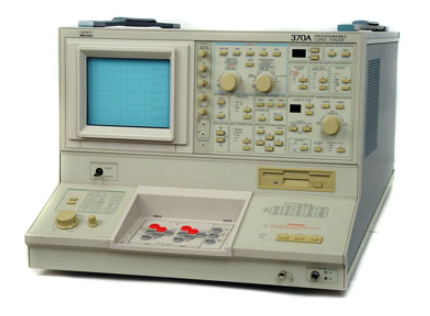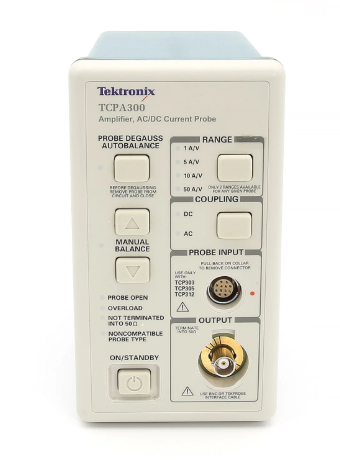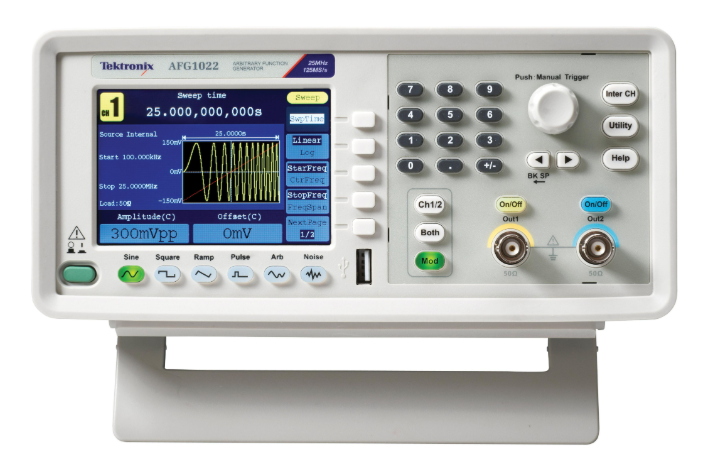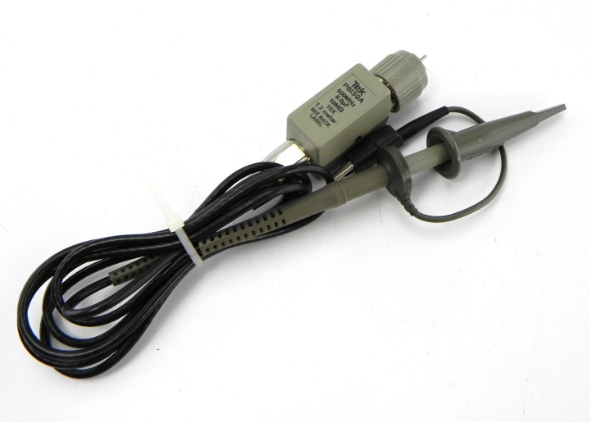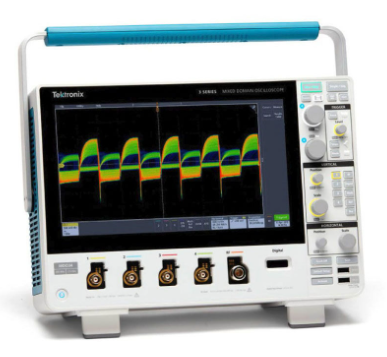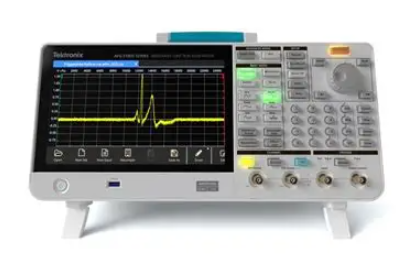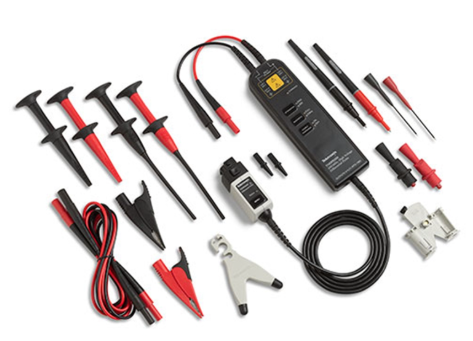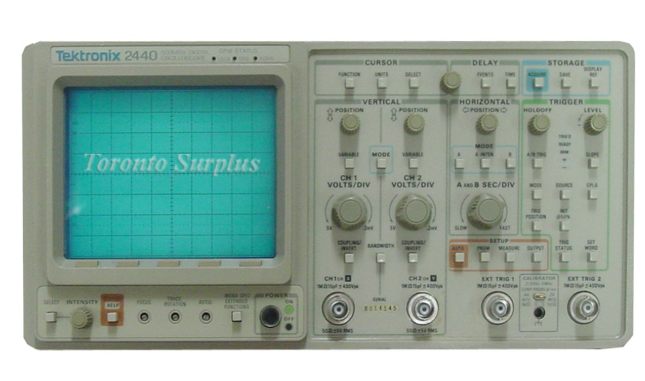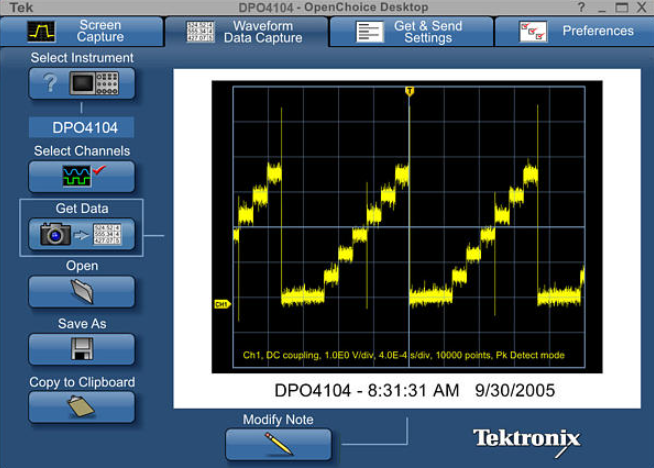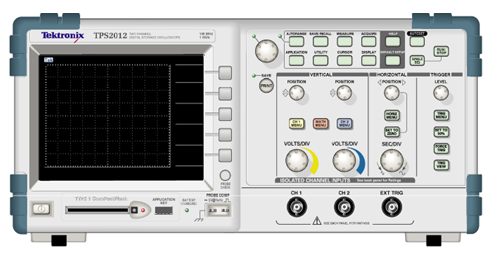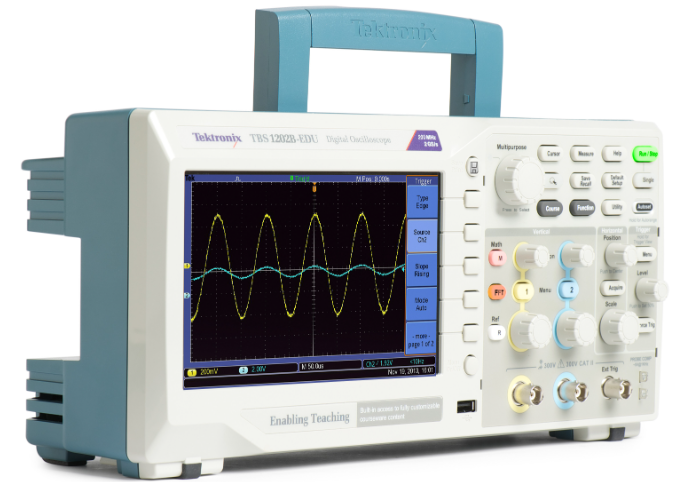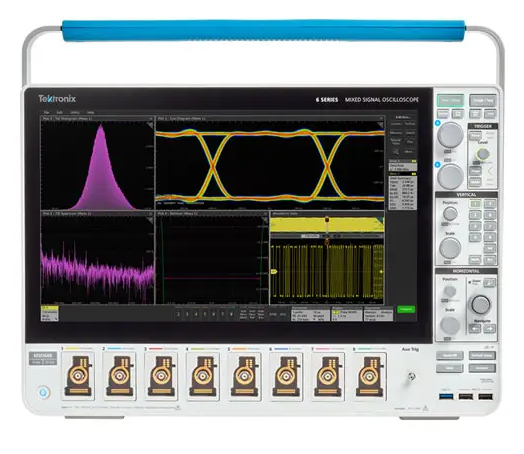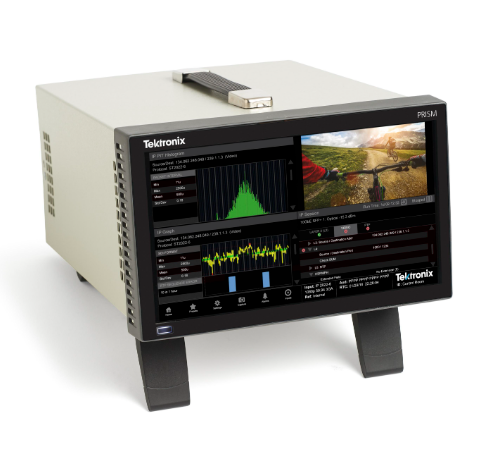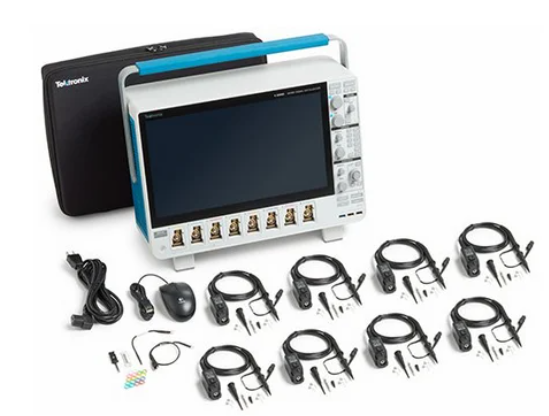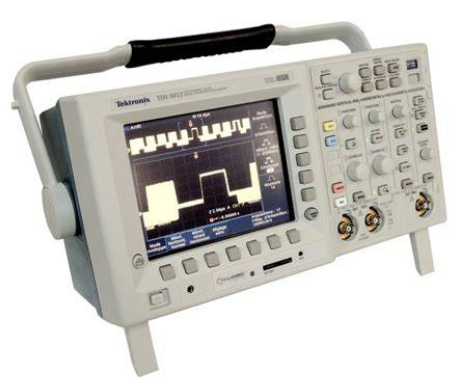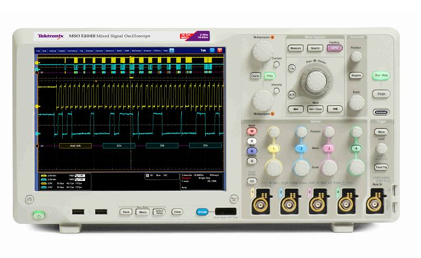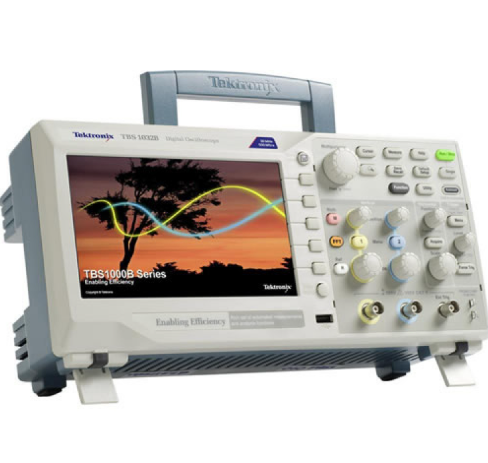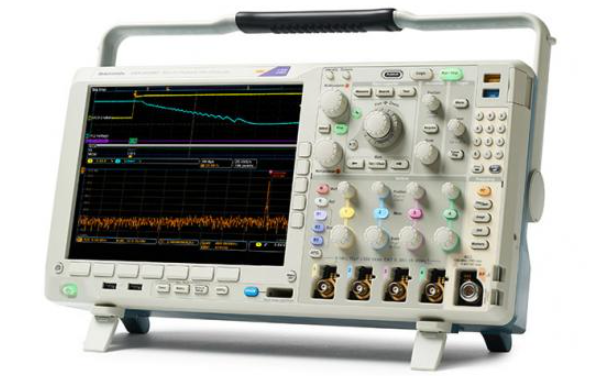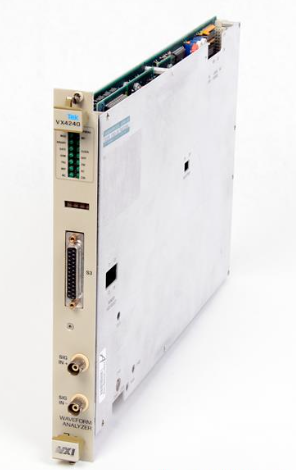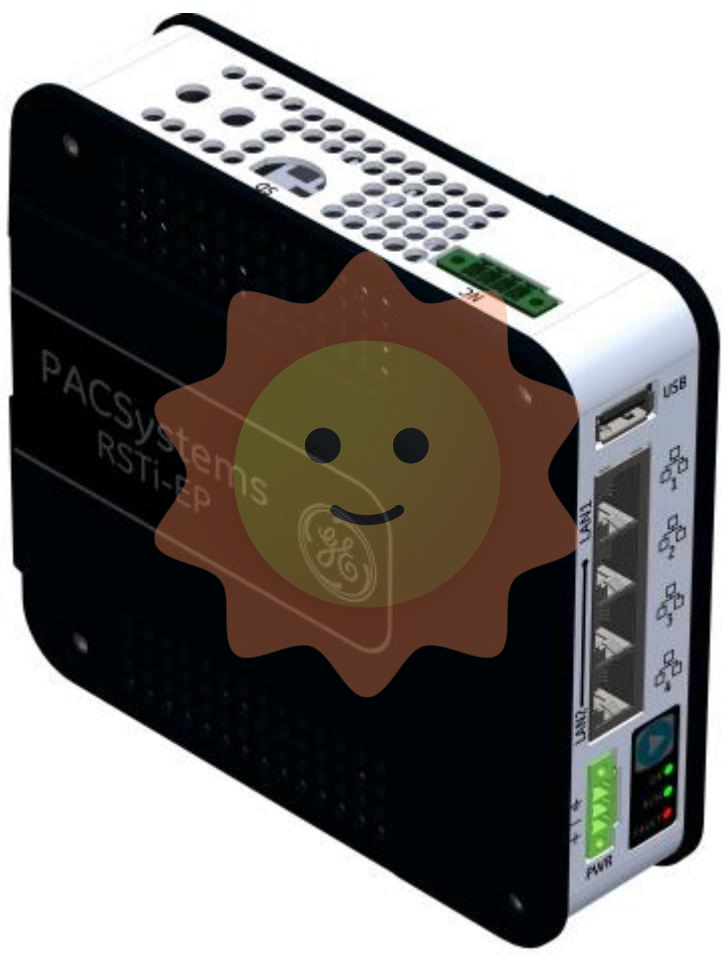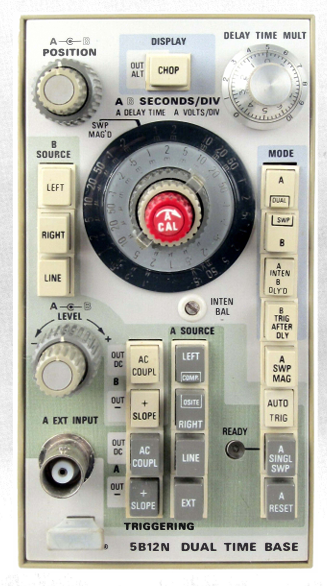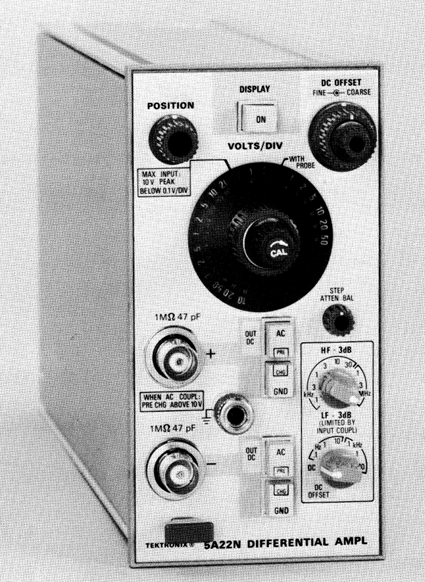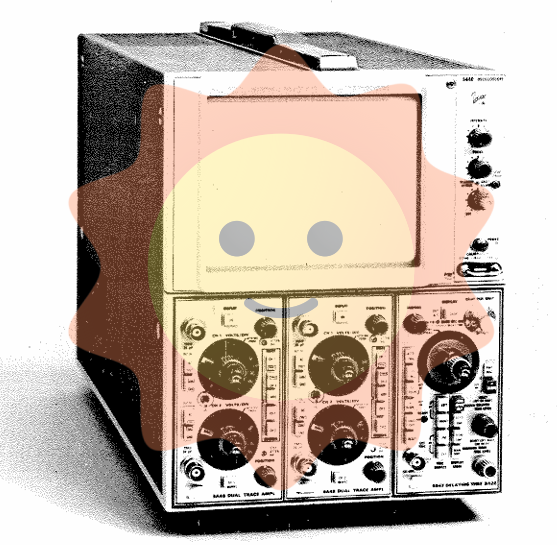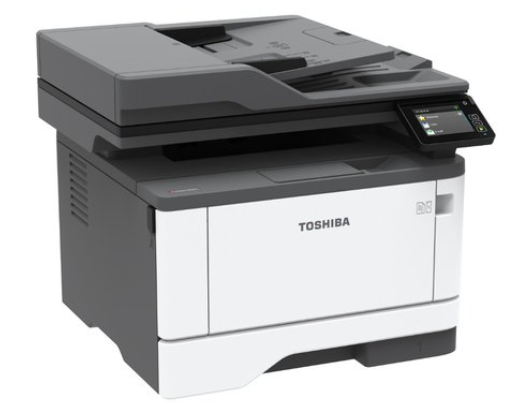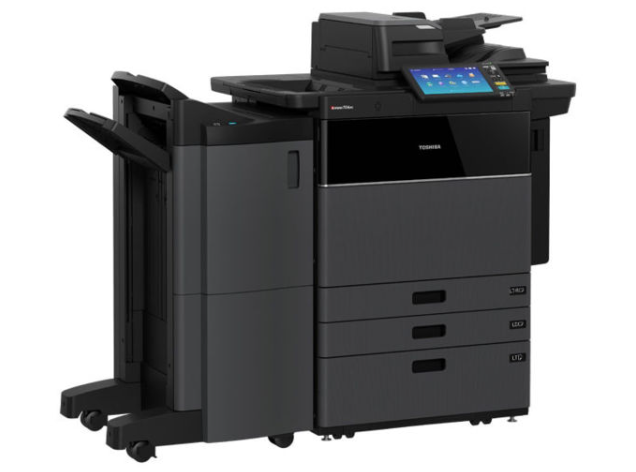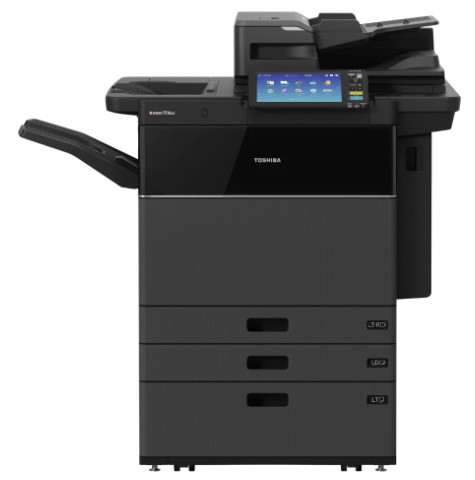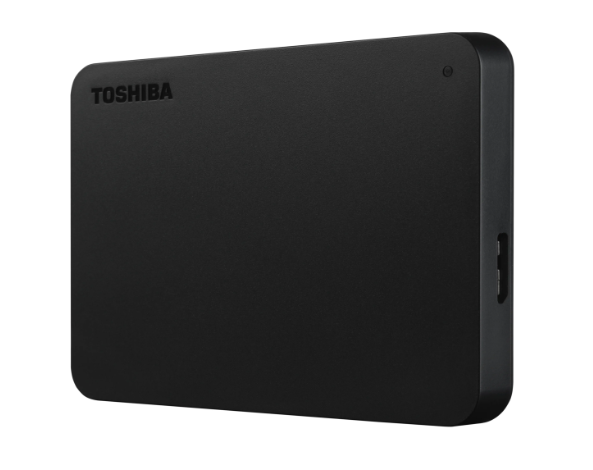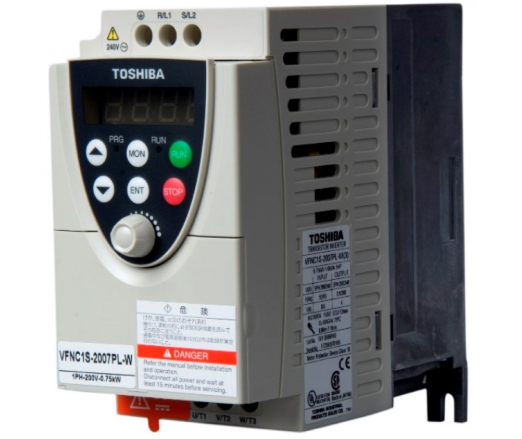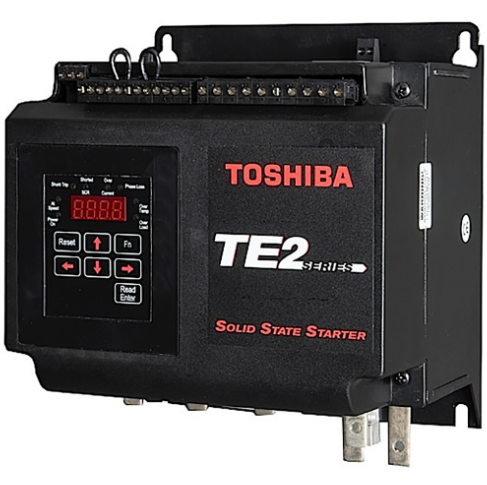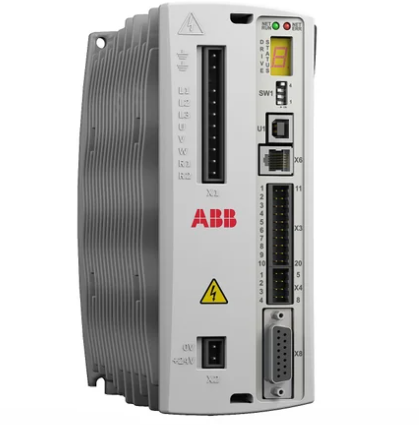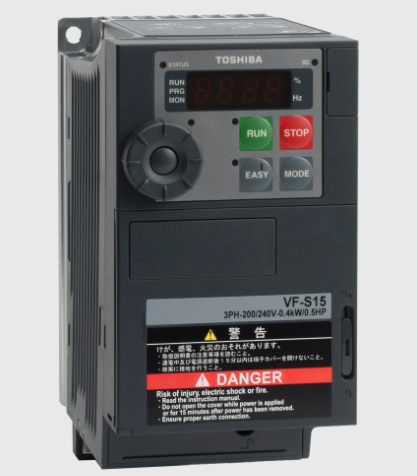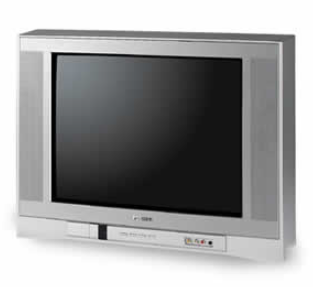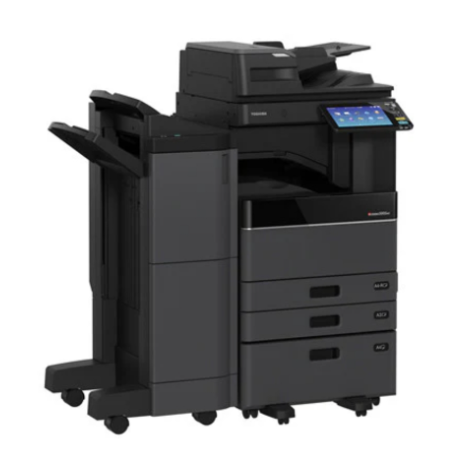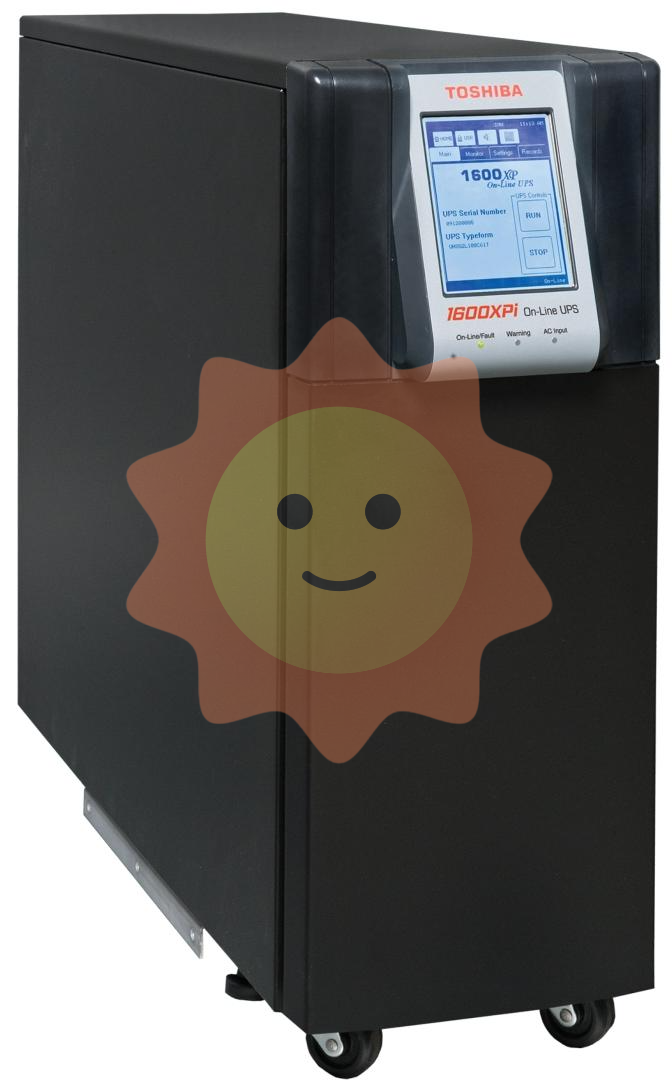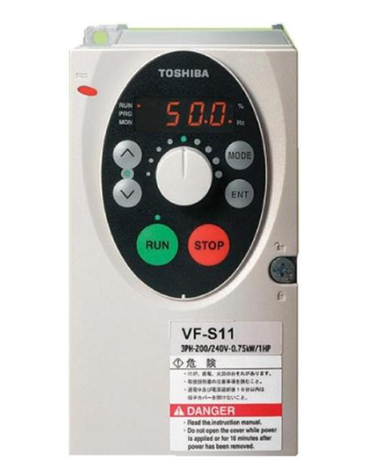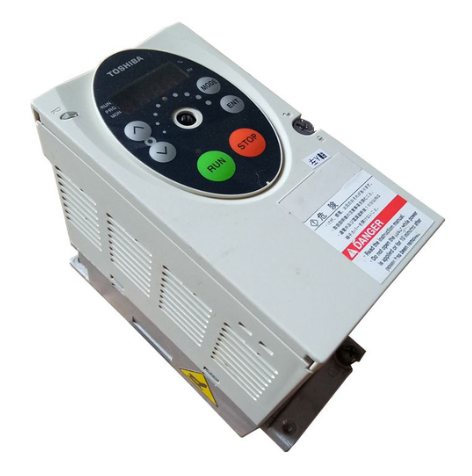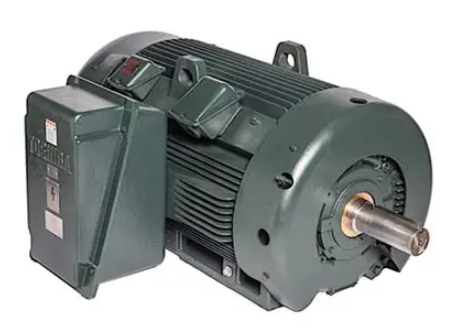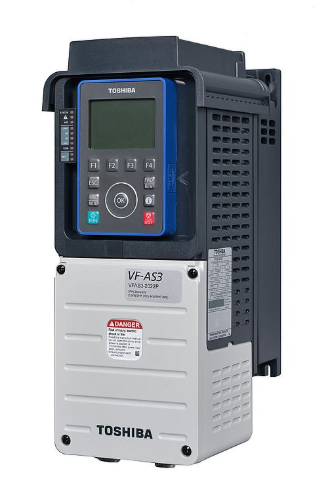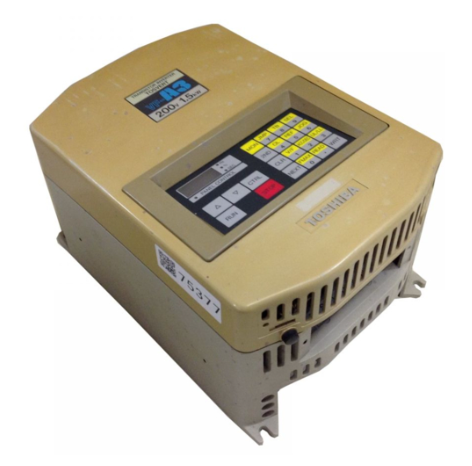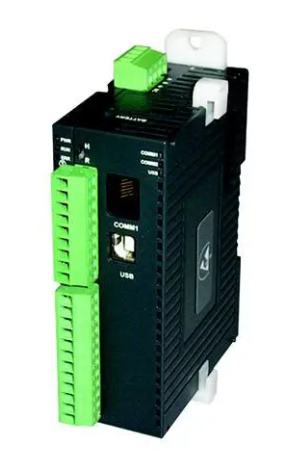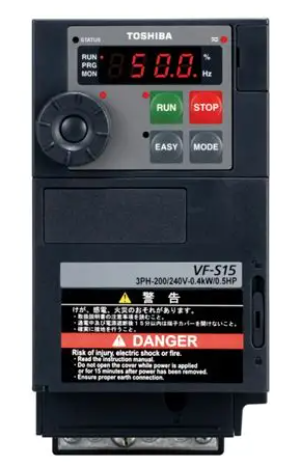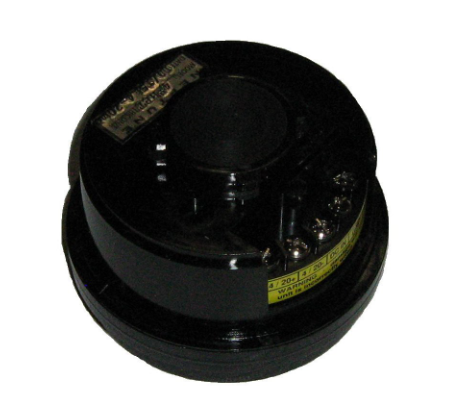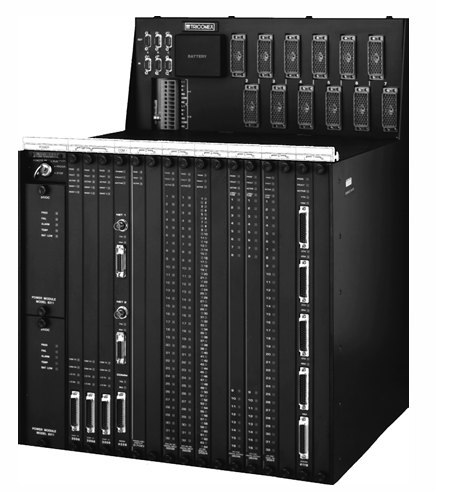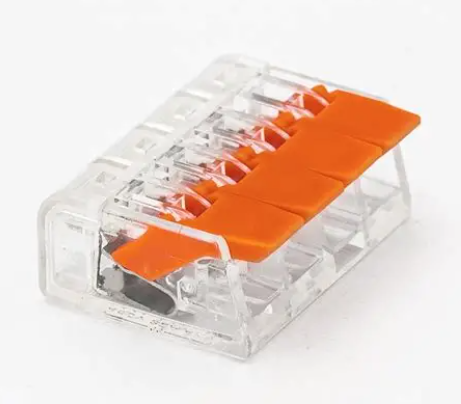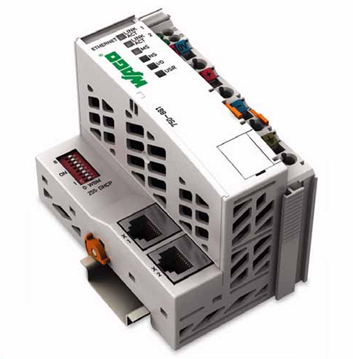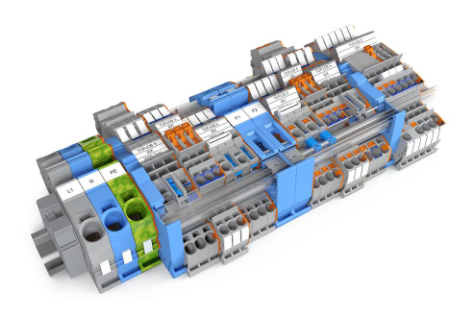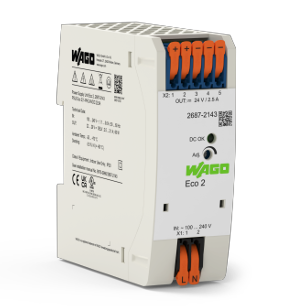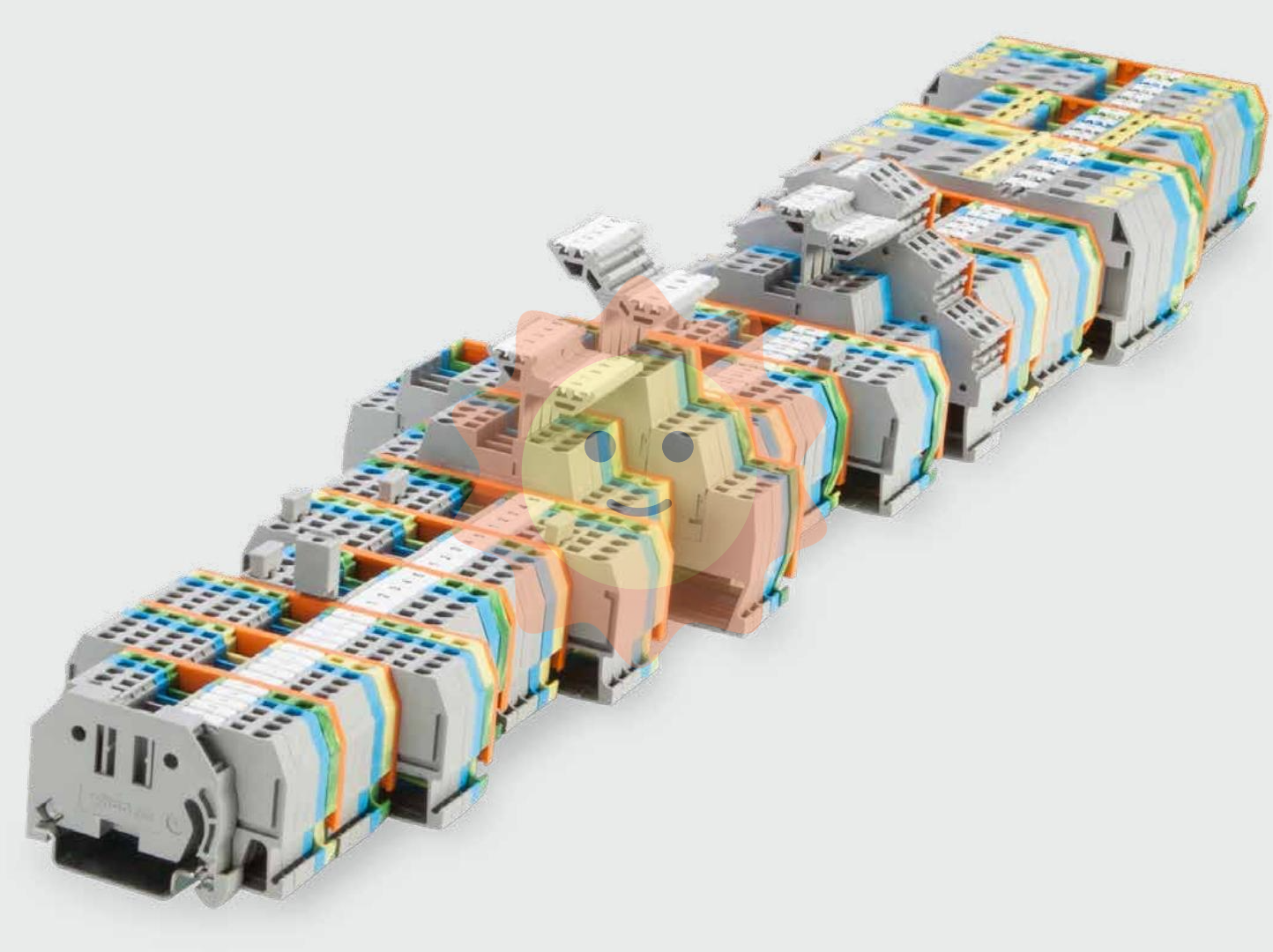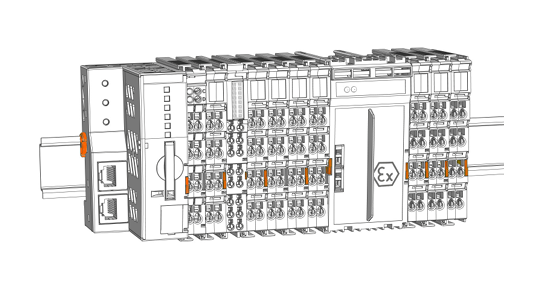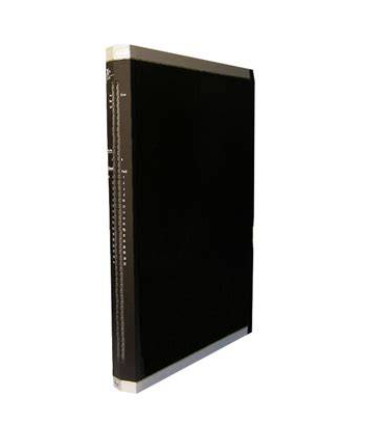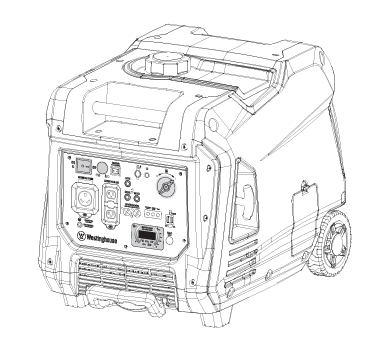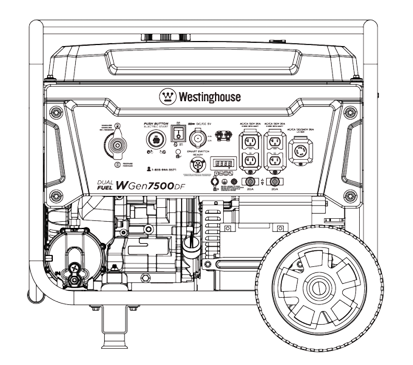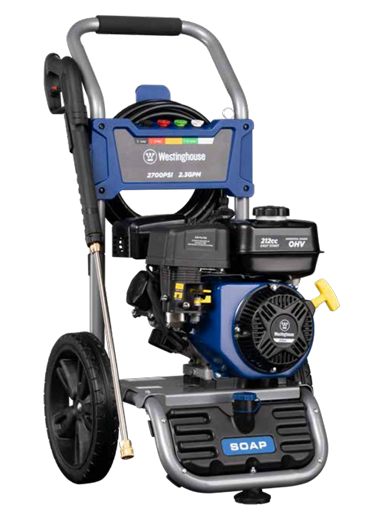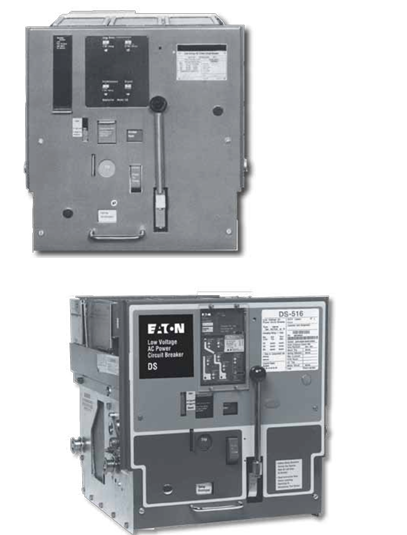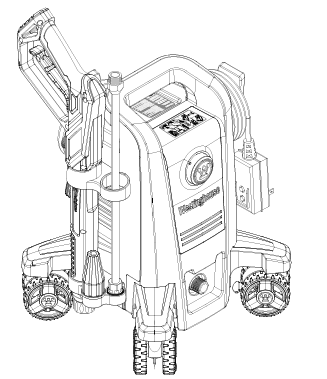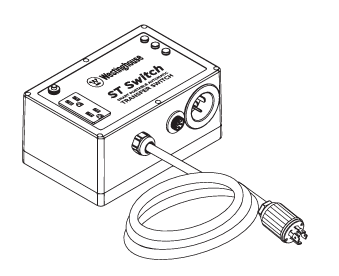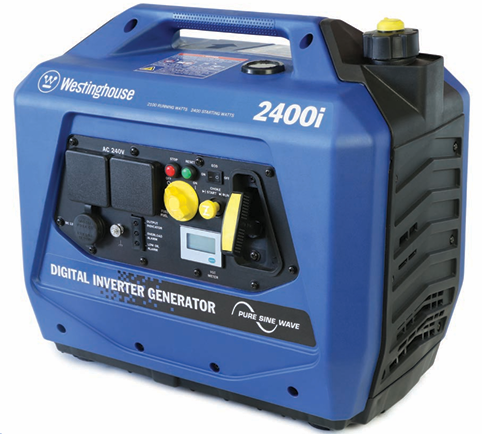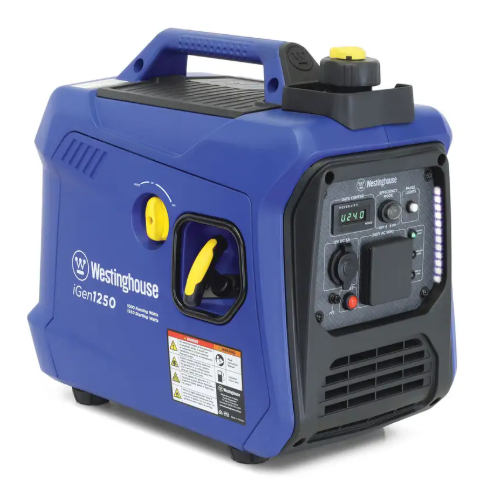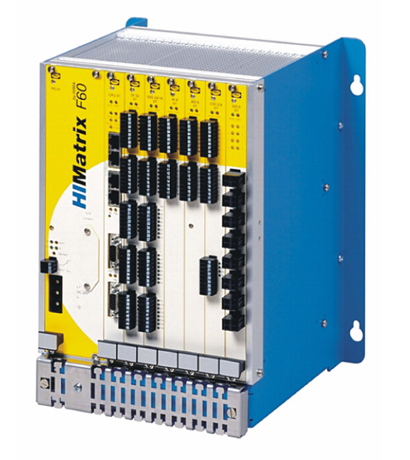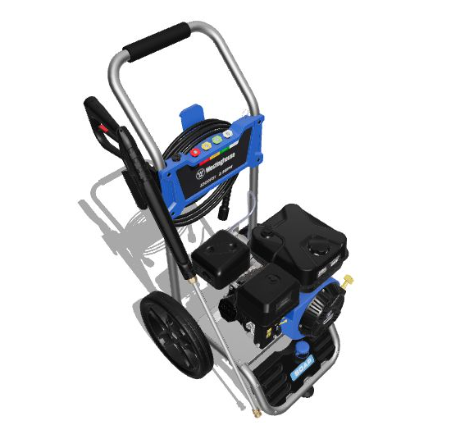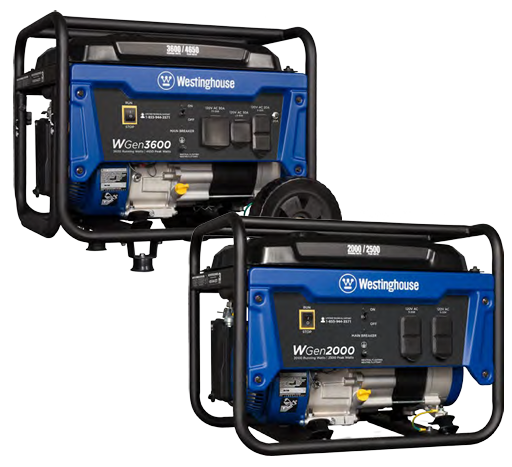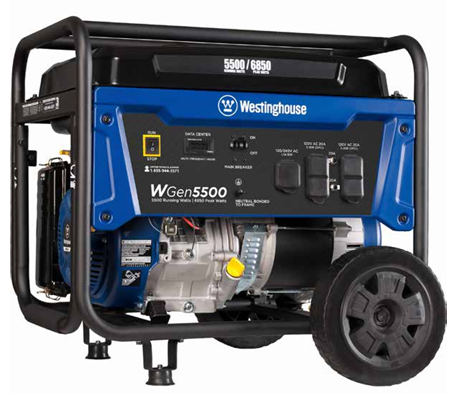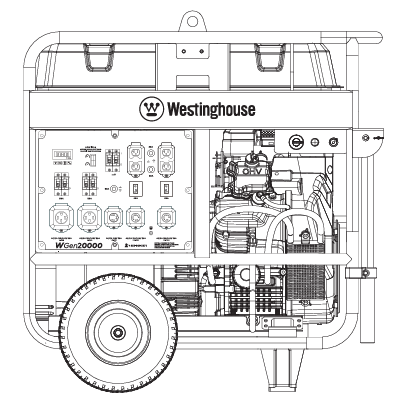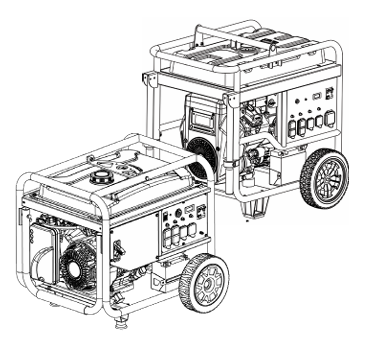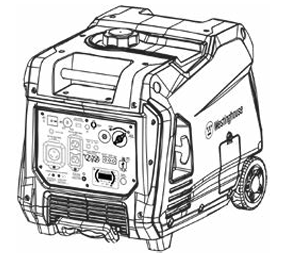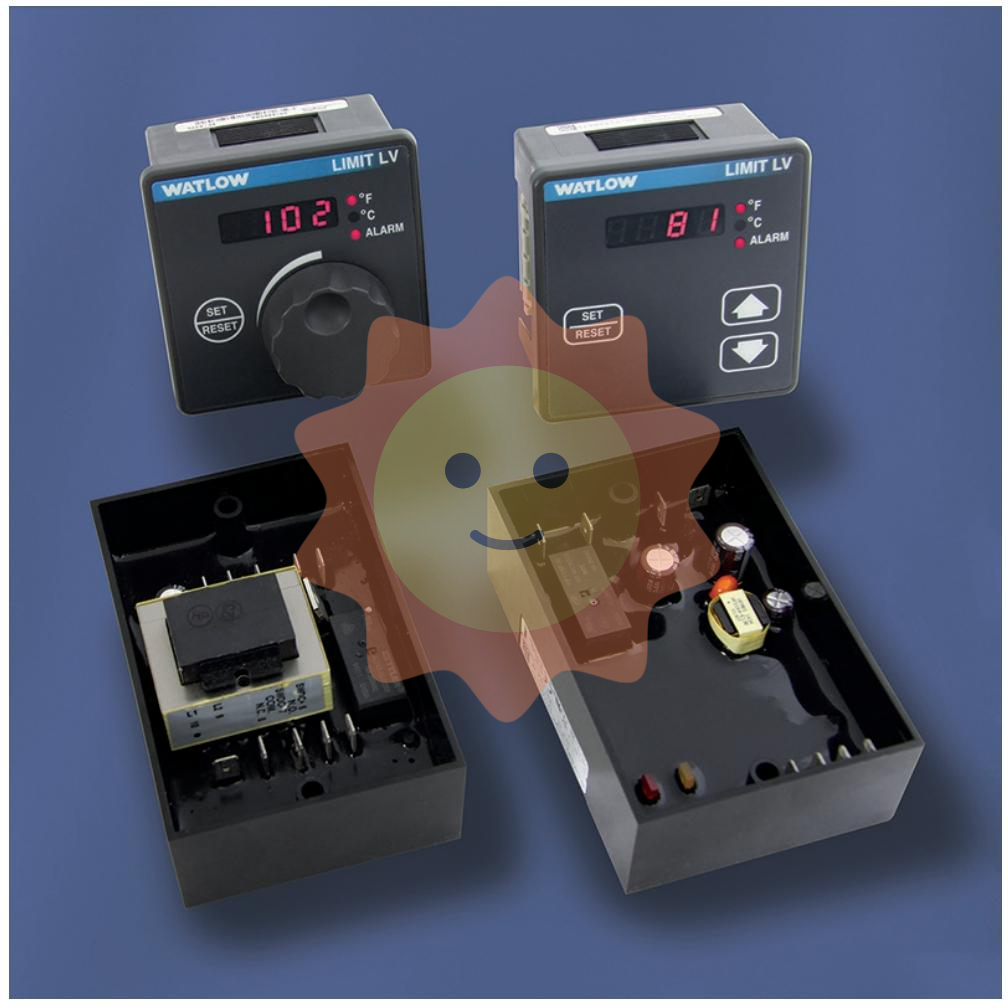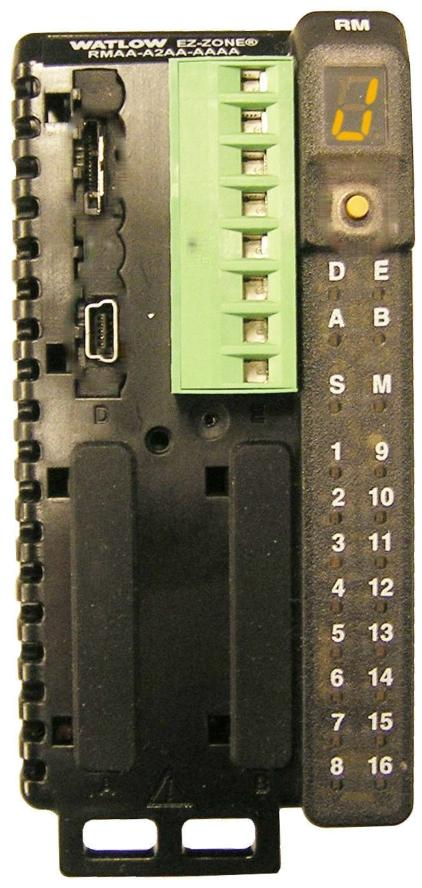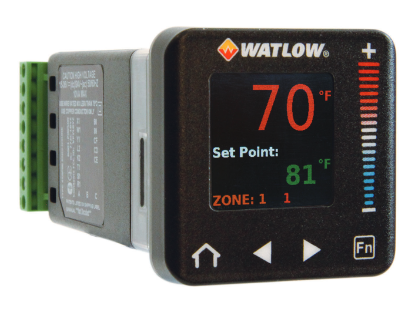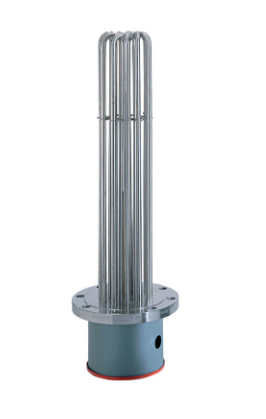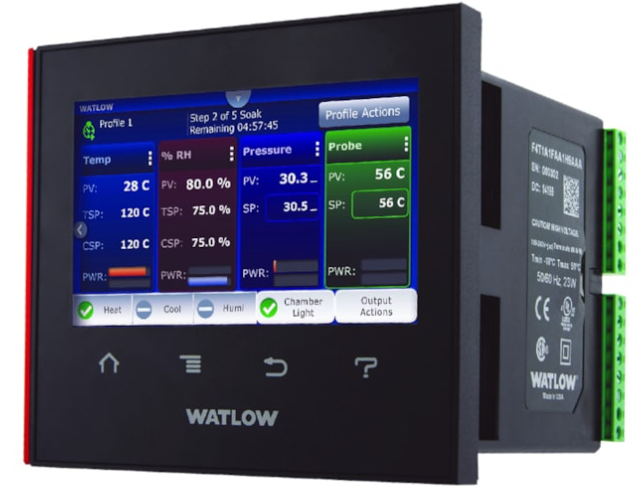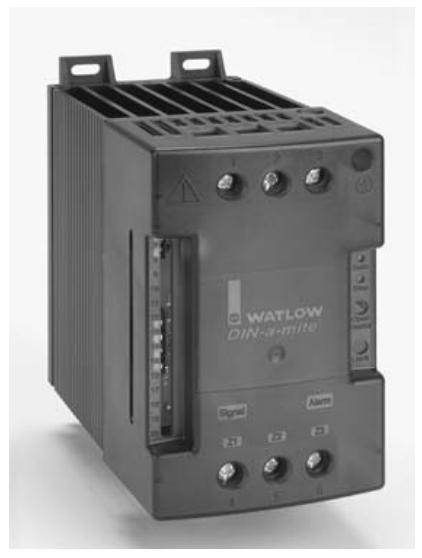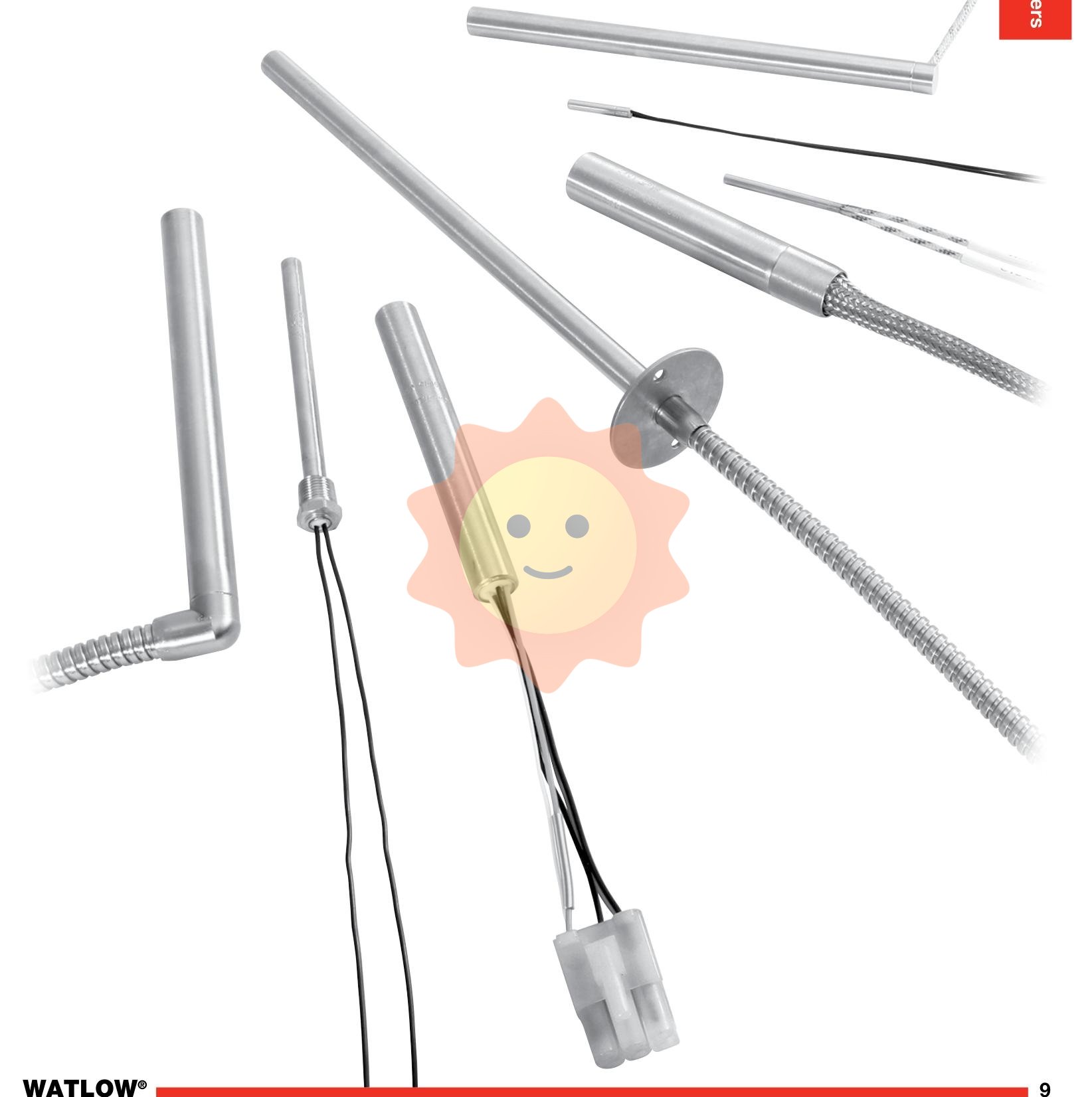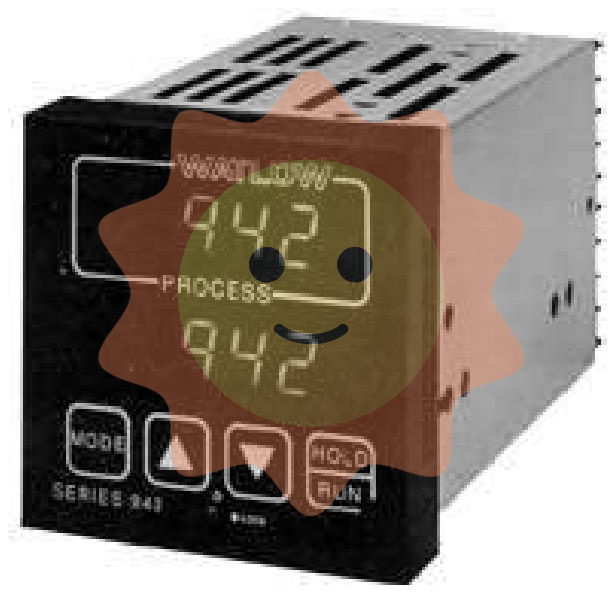GE IS200EBKPG1C BACKPLANE EXCITER CONTROL BOARD
GE IS200EBKPG1C BACKPLANE EXCITER CONTROL BOARD
Part Number IS200EBKPG1C Manufacturer General Electric Country of Manufacture As Per GE Manufacturing Policy Series EX 2100e Function Module Availability In StockIS200EBKPG1C is a Rack Backplane Exciter Control Module manufactured by General Electric as a part of the EX2100 series used in Excitation control systems. It provides the backplane for the control boards and the connectors for the I/O terminal board cables.
EBKP has three sections for the controllers M1, M2, and C. Each section has its own independent power supply sections M1 and M2 both have the ACLA, DSPX, EISB, EMIO, and ESEL boards section C has the DSPX, EISB, and EMIO. The EBKP board is mounted in a rack holding the control boards with two cooling fans at the top. The upper part of the backplane contains 24 DIN connectors as part of the backplane. The lower part of the backplane contains 27 D- SUB connectors, 3 circular DIN connectors, 3 - 12 pin power supply plugs, 3 - Fan power plugs, and 30 test points. EBKP board has no LED fuses or adjustable hardware. The board has test points for signal diagnostic purposes. The test points provide signal access to diagnostics analog to digital convertors and to digital to analog converters.
The IO module has the following main functions
Input Function
The IO module can receive input signals sent by external devices and convert them into digital or analogue signals for use by the computer system or control system. These input signals can come from a variety of sensors, such as temperature sensors, pressure sensors, photosensitive sensors and so on. By receiving and parsing these input signals, the system can monitor and control the external environment in real time.
Output Functions
The IO module is capable of converting the output signals generated by a computer system or control system into the form required by an external device. These output signals are typically used to control actuators such as motors, valves, lights, etc. By sending appropriate output signals to external devices, the system enables control and operation of the external environment.
Data Acquisition and Processing
The IO module is capable of acquiring data from external devices and transferring it to a computer system or control system for further processing. This enables the system to acquire environmental data, status information and user inputs in real time and make appropriate decisions or perform specific tasks based on these data.
Communication Interfaces
IO modules are usually equipped with different types of communication interfaces, such as serial interfaces (RS232, RS485), Ethernet interfaces, CAN bus interfaces, and so on. These interfaces enable IO modules to exchange data and communicate efficiently with computer systems or other external devices.
OTHER INFORMATION
• Up to 1.26 GHz Pentium® III processor with 256 KB advanced transfer cache
• Up to 512 MB PC-133 SDRAM using a single SODIMM
• Internal AGP SVGA controller with 4 MB display cache
• 133 MHz system bus via Intel® 815E chipset
• Dual Ethernet controllers supporting 10BaseT and 100BaseTX interfaces
• Optional PCI dual channel Ultra160 SCSI
• Up to three (two with rear I/O support) PMC expansion sites (IEEE-P1386 common mezzanine card standard, 5 V)
• Up to 1 GB bootable flash on secondary IDE (optional)
• Two 16-bit and two 32-bit programmable timers
• 32 KB of nonvolatile SRAM
• Software-selectable watchdog timer with reset
• Remote Ethernet booting
• Optional IDE hard disk drive
• VME64 modes supported: A32/A24/D32/D16/D08(EO)/MBLT64/BLT32
• VMEbus interrupt handler, interrupter and system controller
• Includes real time endian conversion hardware for littleendian and big-endian data interfacing (patent no. 6,032,212)
• Enhanced bus error handling
• Passive heat sink

- User name Member Level Quantity Specification Purchase Date
- Satisfaction :
-









Email:wang@kongjiangauto.com

